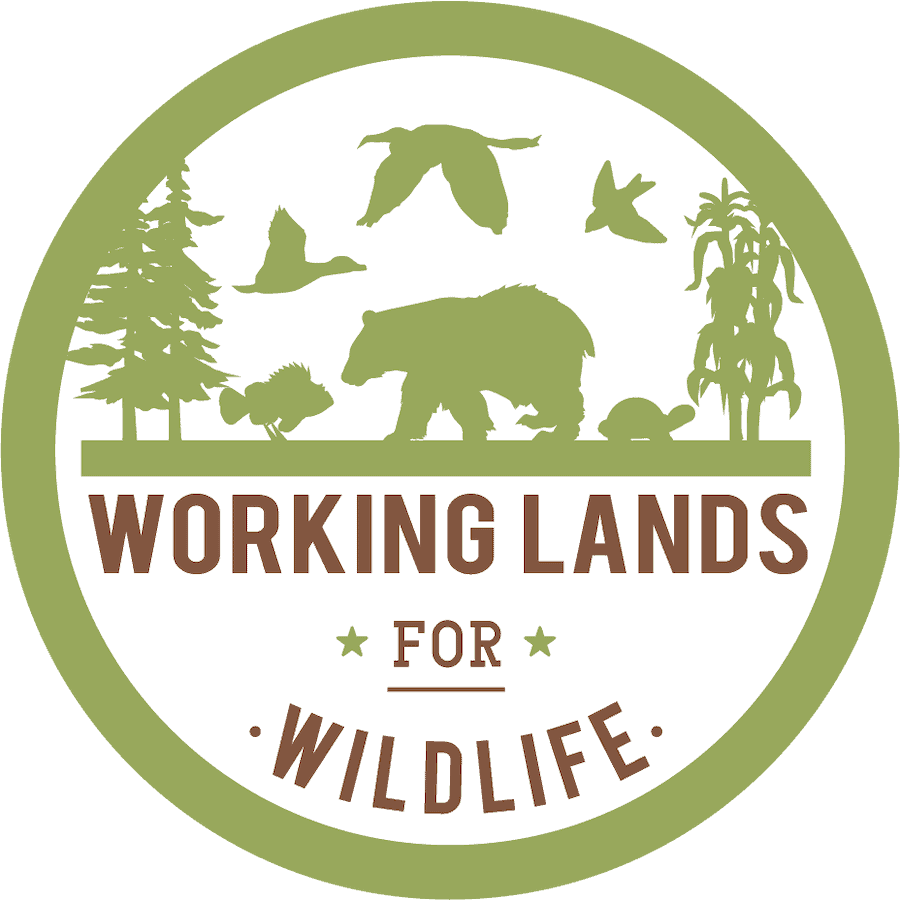About the Working Lands for Wildlife
A large and diverse group of partners and partnerships are collaborating to effect conservation across large working landscapes — balancing economic goals and ecological needs in rural communities. This webportal will support conservation of working landscapes, focusing largely on Farm Bill conservation programs managed by the Natural Resources Conservation Service (NRCS) and its Working Lands for Wildlife partners.
Our WLFW site provides:
- Technology transfer between NRCS and its large spectrum of Working Lands for Wildlife partners and initiatives
- Back-and-forth sharing of learning materials, applied science, and field insights among professional biologists, foresters, and other experts and between NRCS and other professionals
The strength of this site is that it allows for better collaboration and information sharing across initiatives. In addition, we also support private workspaces for each individual initiative to share and edit draft documents, preliminary data, sensitive materials, and other information not intended for wider distribution.
The Working Lands for Wildlife (WLFW) program develops win-win approaches with producers and private landowners. WLFW partners understand that collaboration is critical to enhance wildlife habitat and improve agriculture and forest productivity. We can continue to strengthen collaboration -- especially between technical experts from federal and state agencies and non-government partner staff -- through the WLFW webportal and workspaces. The WLFW webportal and workspaces provide online infrastructure and space for partners to share their expertise with one another, exchange resources and ideas, and plan work together on a certain species, a given habitat or land use, or a specific project. A subset of the resources here are available to producers, landowners, and communities who are interested in, or involved with, the WLFW program.






















